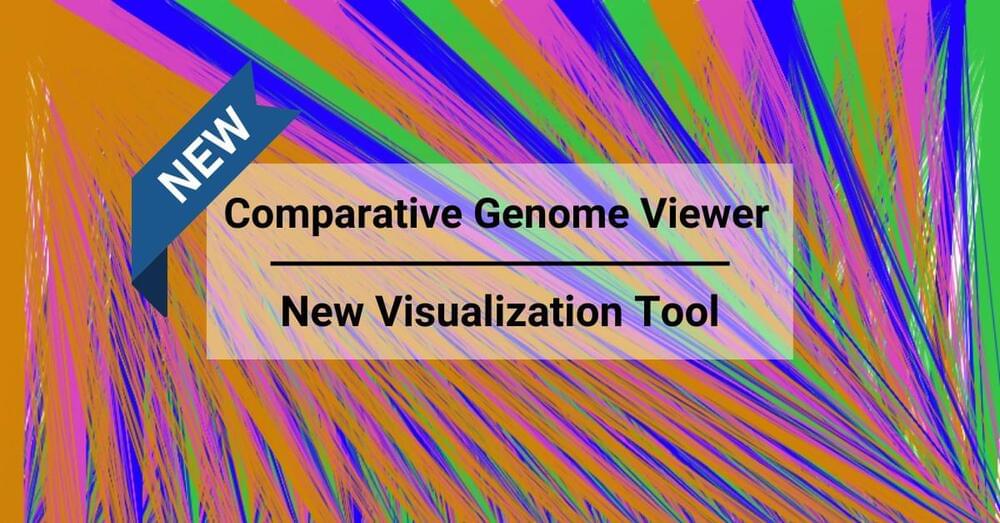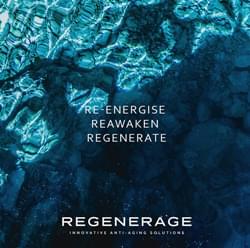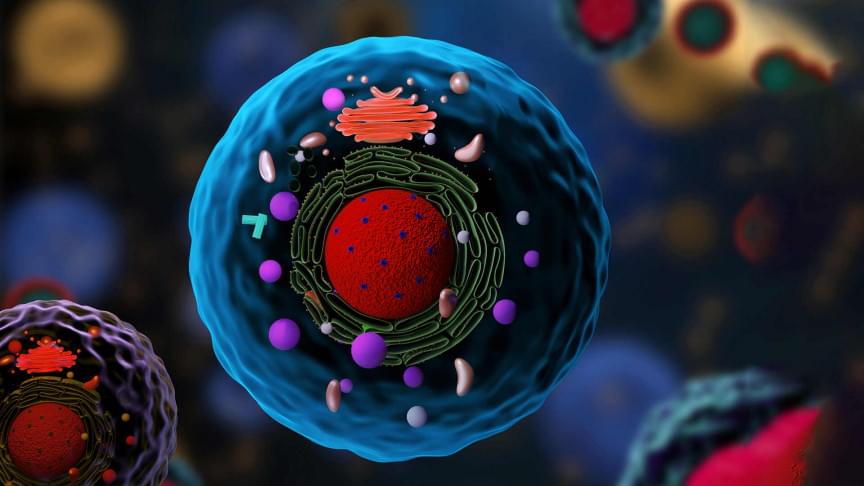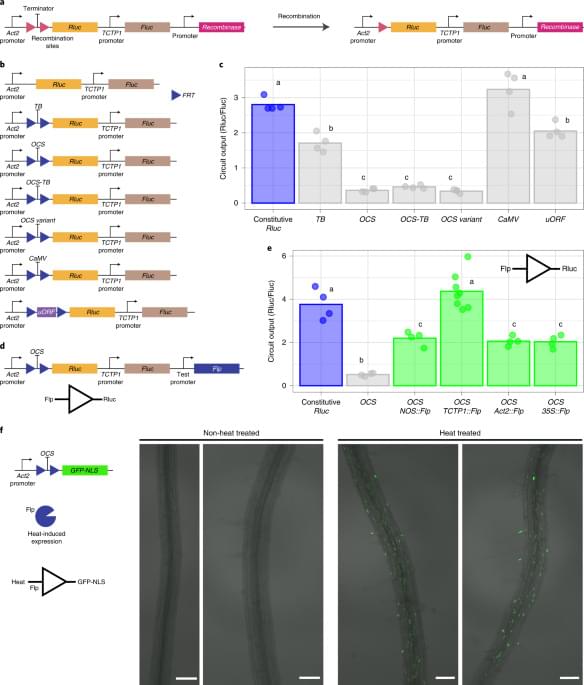Regenerage global LLC expanding clinical network to UAE.
ABU DHABI, United Arab Emirates (PRWEB) July 5, 2022.
Regenerage Global LLC, an emerging global leader in clinical, integrative regenerative healthcare and longevity, in collaboration with Aesthetic Polyclinic / Reviv UAE, a medical spa and polyclinic based in Abu Dhabi, Dubai and Al Ain, specializing in plastic surgery, dermatology, dental services and aesthetic services, announce the establishing of Regenerage Clinic Abu Dhabi.
“We are extremely excited about this collaboration and the establishing of Regenerage Clinic Abu Dhabi”, said Dr. Kristofer T. Chaffin, President & CEO, Regenerage Global LLC. “Together with our two existing clinical locations in Cancun and Mexico City, and future sites shortly coming online in Eastern Europe and Southeast Asia, we continue to execute on our global strategy of building the ‘Starbucks®’ of regenerative healthcare and longevity.”







